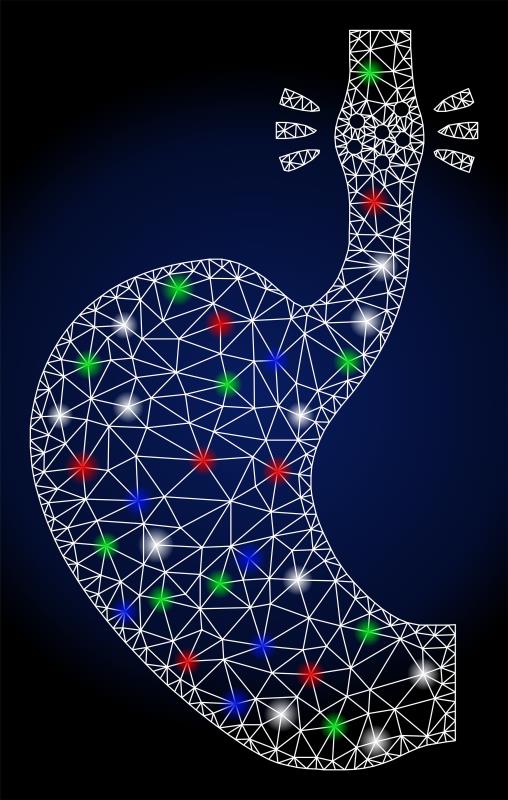Budesonide oral suspension improves endoscopic outcomes in eosinophilic oesophagitis





Budesonide oral suspension (BOS), a liquid formulation of a topical corticosteroid, improved endoscopic outcomes in patients with eosinophilic oesophagitis (EoE), a phase III trial has shown.
Endoscopic abnormalities are usually present in patients with EoE. [Gastroenterol Clin North Am 2014;43:297-316] Left untreated, EoE may progress into a fibrostenotic phenotype, leading to stricture formation and food impaction. [United European Gastroenterol 2017;5:335-358]
“This study represents the largest trial of EoE, and the first phase III trial of EoE conducted in the US to date … [Our findings reveal that] BOS treatment led to significant improvements from baseline to week 12 vs placebo in [terms of] EREFS* and histologic and symptom responses,” said the researchers.
A total of 318 patients (mean age 34 years, 60 percent male) with EoE and dysphagia were randomized 2:1 to receive BOS 2 mg BID or placebo for 12 weeks. Baseline DSQ** scores and total EREFS between BOS and placebo arms were similar (13.9 vs 13.1 [DSQ] and 3.6 vs 3.3 [EREFS]). [DDW 2020, abstract 227]
There were significantly more BOS than placebo recipients who had histologic (53 percent vs 1 percent; p<0.001) and symptom responses (53 percent vs 39 percent; p=0.02).
Compared with placebo recipients, BOS-treated patients had significantly greater improvements in DSQ score (least-squares mean [LSM], −13.0 vs −9.1; p=0.02), EREFS (LSM, −4.0 vs −2.2 [total], −2.2 vs −1.1 [proximal oesophagus], and −1.8 vs −1.1 [distal oesophagus]; p<0.01 for all), peak eosinophil count (LSM, −55.2 vs −7.6; p<0.001), and EoEHSS*** grade (LSM, −0.2 vs −0.03; p<0.001) and stage scores (LSM, −0.2 vs −0.0; p<0.001).
BOS recipients also had greater improvements in individual EREFS features (p<0.01 for exudates, oedema, furrows; p=0.05 for rings) vs placebo recipients over 12 weeks of therapy.
The significant improvements across EREFS parameters underscore its role as an independent tool to assess EoE disease activity in response to therapy, noted the researchers.
In terms of correlations between changes in total EREFS and other histopathologic parameters in BOS recipients, weak to moderate associations were seen between changes in total EREFS and in peak eosinophil count and EoEHSS grade and stage scores (p<0.01 for all). “[These findings signify the importance of using] endoscopic biopsy in the diagnosis and management of EoE,” said the researchers.
Specifically, in terms of individual EoEHSS features, the strongest correlations in BOS recipients were seen between changes in total EREFS and in EoEHSS scores for basal zone hyperplasia (Pearson correlation coefficient [r], 0.46 [grade] and 0.40 [stage]) and eosinophilic inflammation (r, 0.45 and 0.42, respectively; p<0.01 for all).
Despite the high incidence of any treatment-emergent adverse event (TEAE) in both arms (61 percent), most were mild to moderate in severity. Moreover, there were no life-threatening TEAEs or deaths reported. Treatment discontinuation rate with BOS was low (1.4 percent), suggesting that BOS was generally well tolerated.
“[Overall,] this trial met its coprimary and key secondary efficacy endpoints,” said the researchers. The findings also support an ongoing extension study further exploring the effect of ingesting topical corticosteroids for optimized oesophageal delivery in EoE.